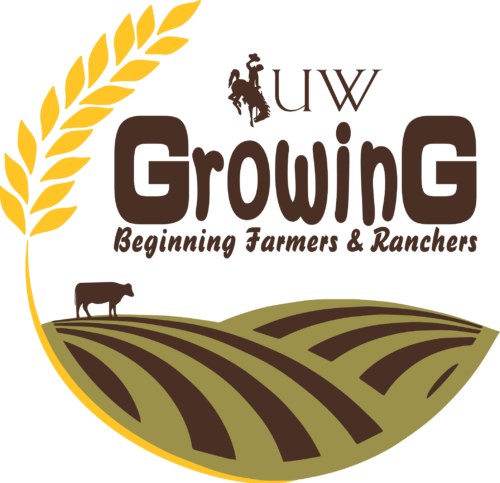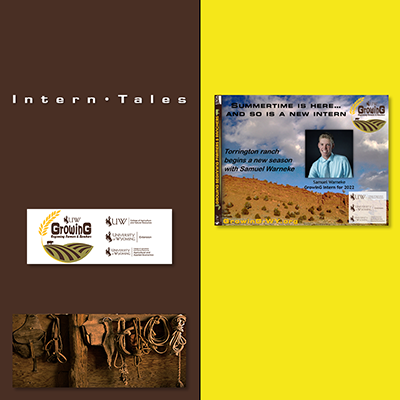Dryland Cutting Leads to Swather Teeth Replacement
#bfrdpwy #aginternship #RightRisk

The auction company taking a video of the calves walking
This week was a long start but soon started to roll by faster; Monday was a 12-hour workday since we had to finish the calves. Finally, we got done with that and I think I understood more of the process of getting the calves through faster and more [efficiently] efficient with less hiccups this time. We saved the last two bunches for Monday specifically because it was the day that the livestock auction company would be looking at these head of calves. To sell his calves, Elden continues to sell them on a video-based auction, and this allows for a bigger outreach of potential bidders. The auction representative drives along the calves in his truck and positions himself so he can get good lighting and solid background to videotape the herd walking along.
Then we started to do some custom swathing and baling for one of the neighbors who didn’t have the equipment and needed his dryland cut. It was a lot different cutting dryland than cutting an alfalfa circle.

Cutting dryland grass
We had finally finished up vaccinating the last 60 head of calves on Monday. After rounding up the cattle from their pastures and moving them along to the corrals, we had the neighbor’s bull tear through the fence and mix himself in with our bunch of cattle, which made it hard to sort him out. It took three ATVs and one truck to chase him around and we never could get him back and stay where he belonged. During this process I thought of something I would critique critic about how we rounded them up. Instead of running them down with trucks and moving them with ATVs, I feel the cattle and the bull would [have] respond[ed] better and cooperate[d] more with the use of horses and rope. Unfortunately, using a horse or roping the bull wasn’t an option so, the solution finally came a day later [when] where we just had to push the whole herd through the corrals and sort the bull out of the mix into a trailer to haul him away to the neighbor’s ranch.
After cutting an irrigated circle of alfalfa, I noticed the difference in cutting a dryland field of wheatgrass. It is a much rougher ride and bumpier to cut through because the ground hadn’t been worked up in quite some time. The moisture level is lower in dryland which means less chance of getting clogged up but also leaner amounts of hay than you could bale.
In one section of the field, I found a telephone pole that was sticking up out of the ground 4 inches and didn’t notice it until the swather teeth got a hold of it. I ended up stopping right away and had to assess the problem and damage. Only two of the sickle teeth were bent so I got a hold of Elden and he came out and showed me how to change the teeth. So, now I know how to change the teeth of the sickle but learned my lesson of always being careful when cutting through a poorly kept dryland pasture.

Switched out the teeth on the sickle bar
[Questions I still have up to this point are:]
How can horses be used to sort cattle and move cattle?
How costly can horses be and why is it becoming a thing of the past to use horses?
How do video auctions work and how does the buyer make payments to the seller?
When do you sell the calves at what age do they become mature?
How do grass bales differ from alfalfa bales in terms of nutrients?
Submitted by: Samuel Warneke
Edited by: GrowinG Internship Team

